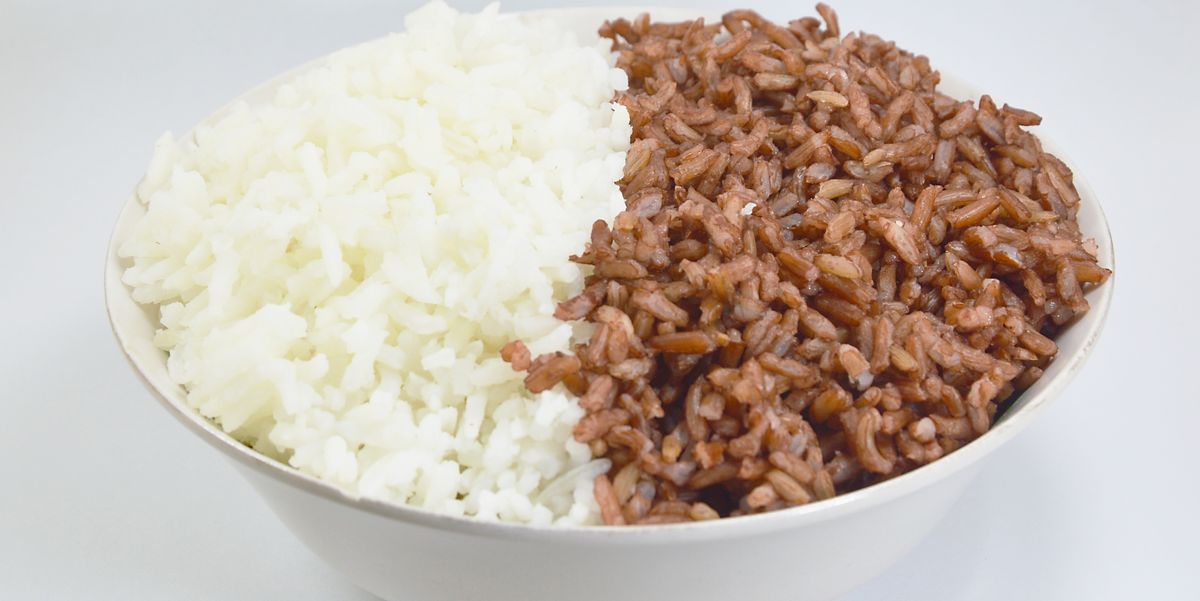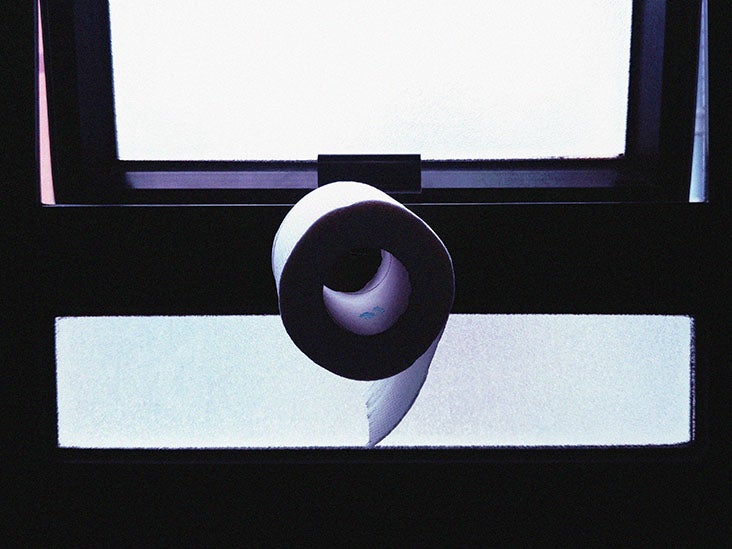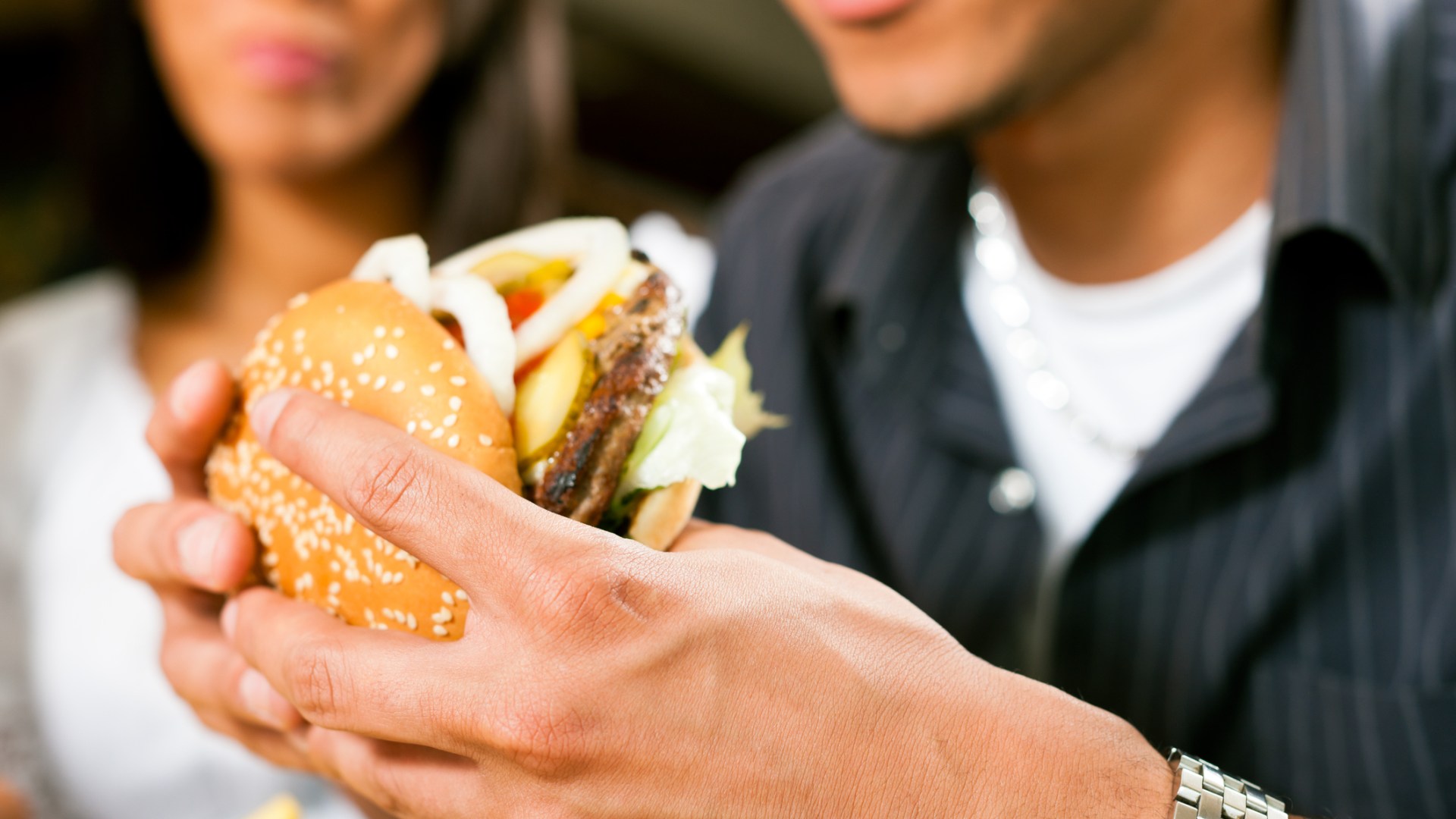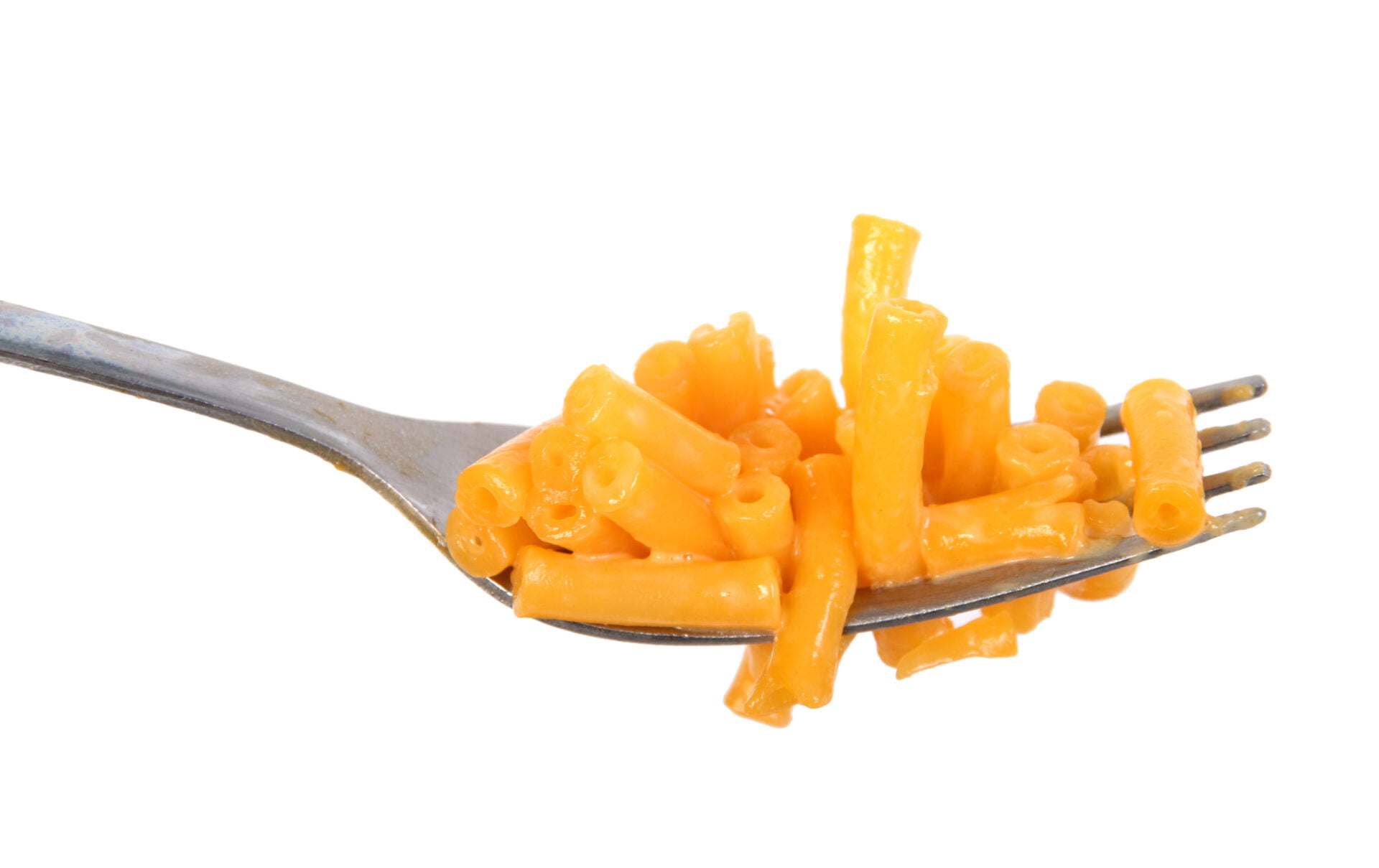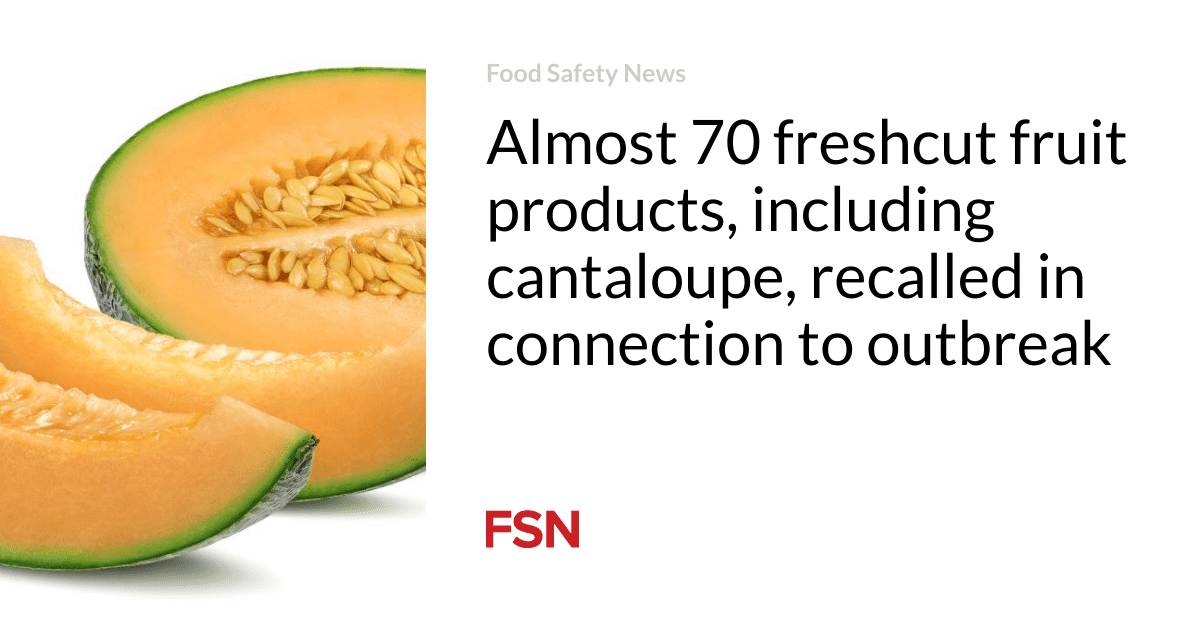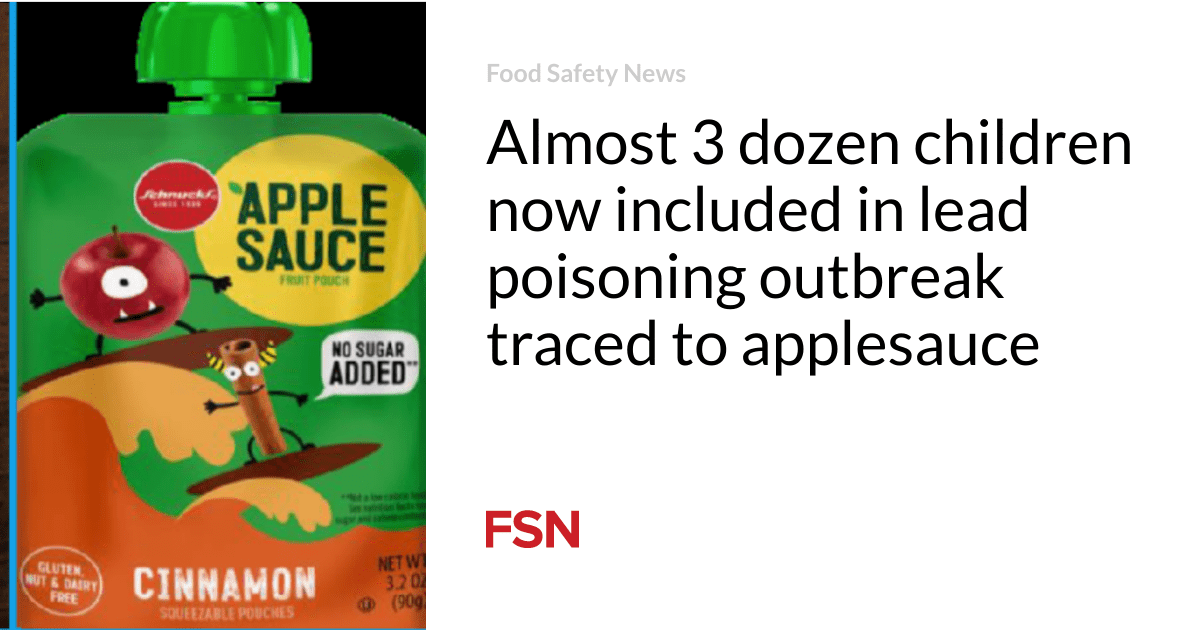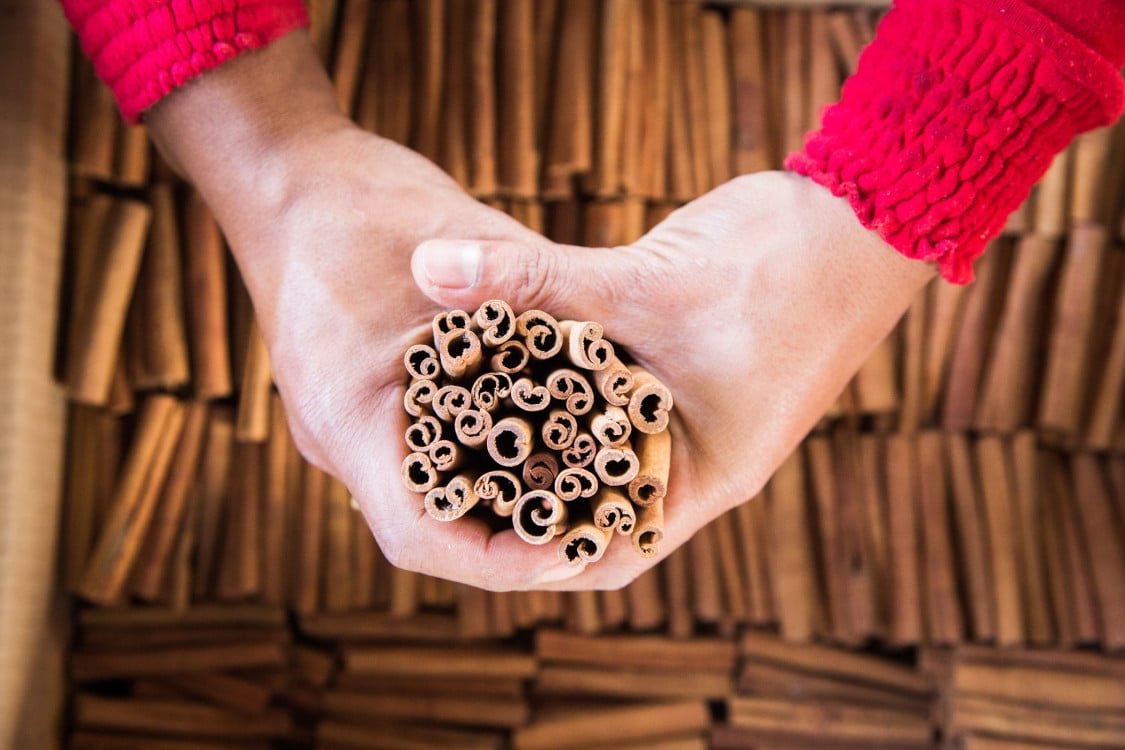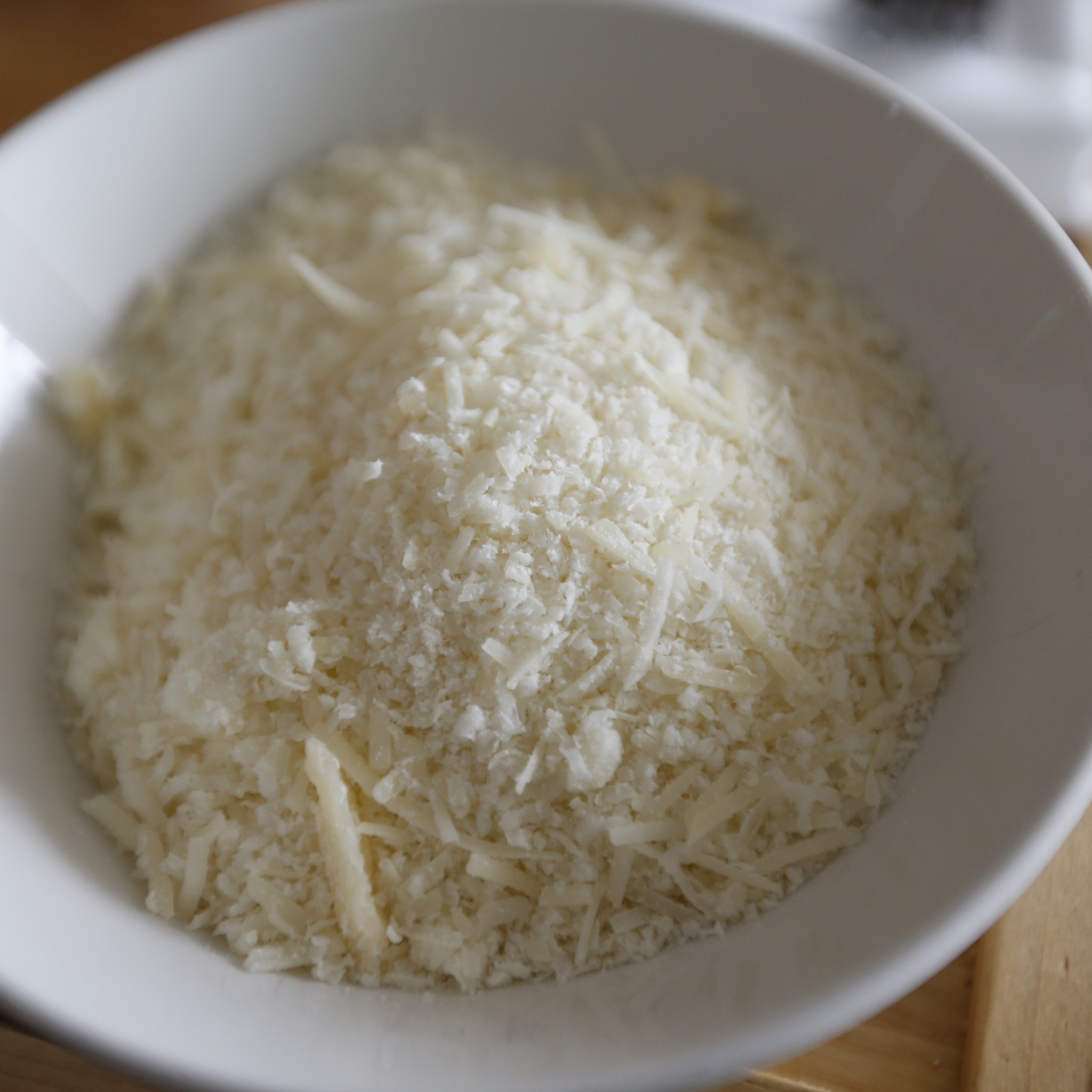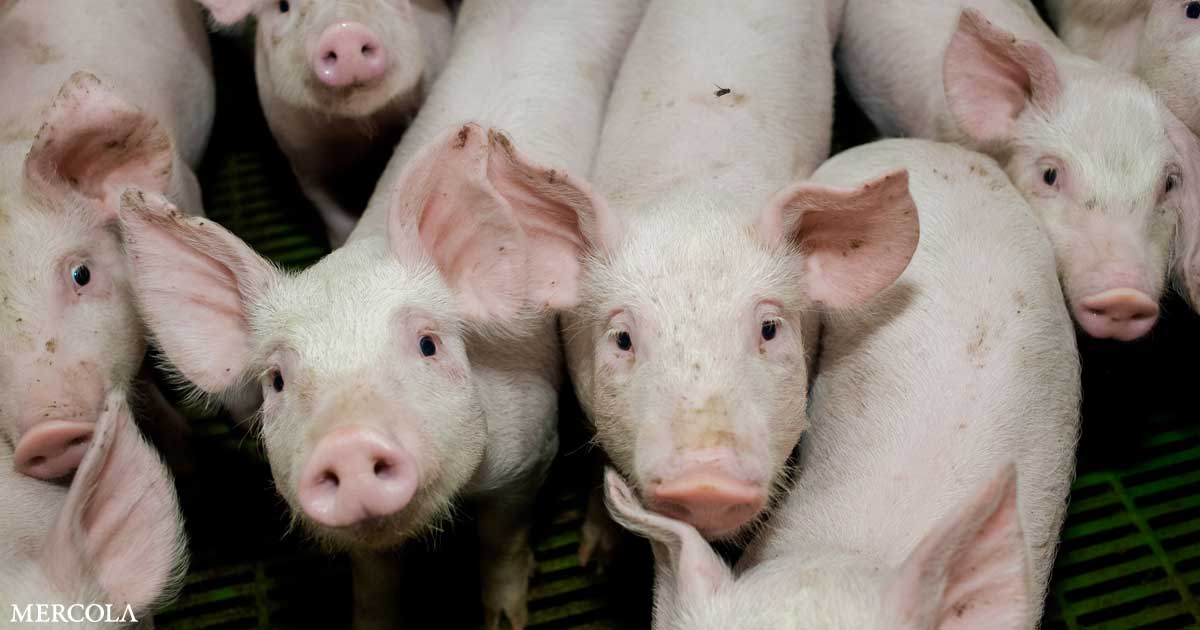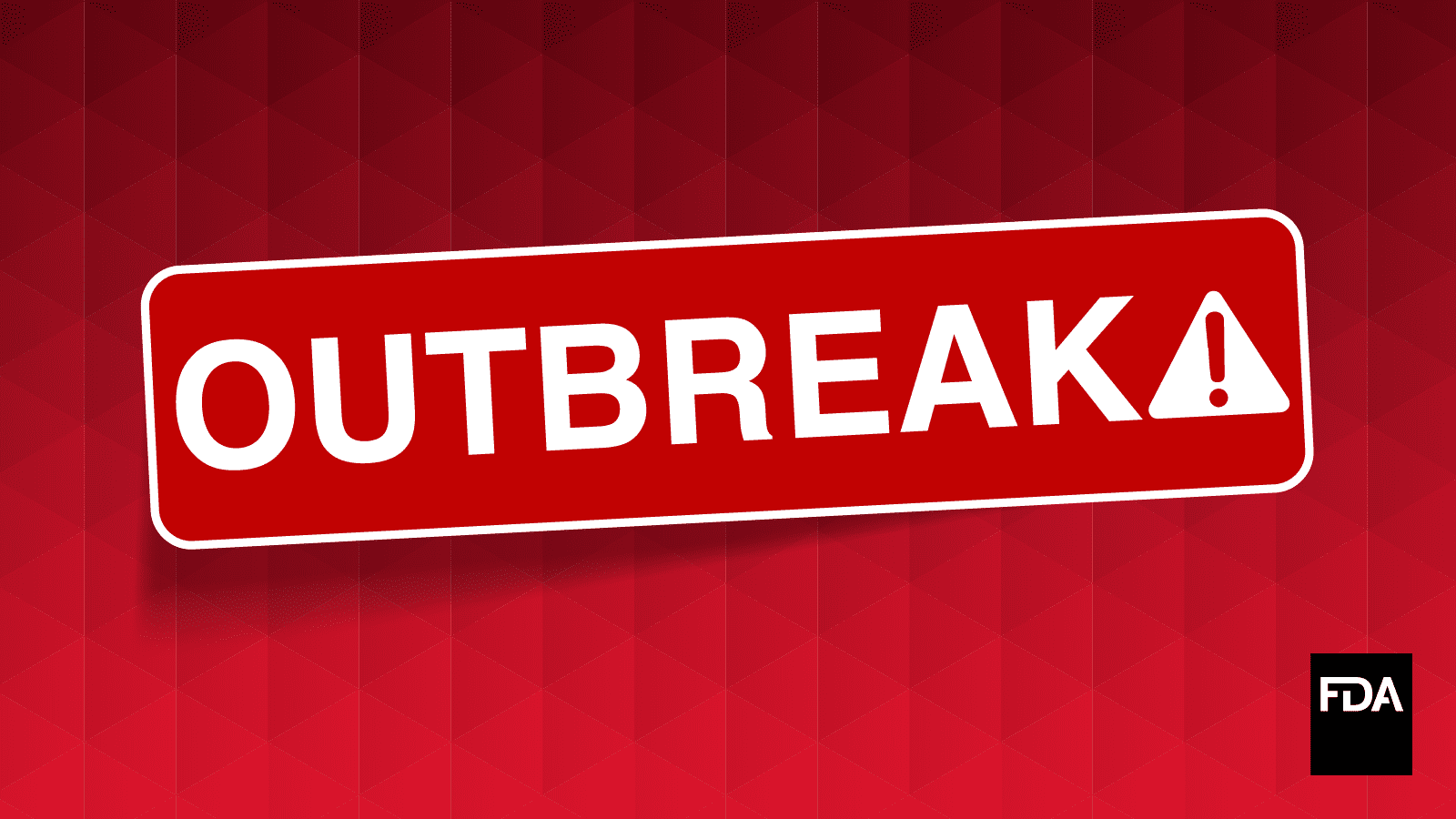Rinse & rePeat
Member
- Joined
- Mar 10, 2021
- Messages
- 21,516
“Anyway, I became curious about the remarkable “cooling crystals” that candy companies like Hershey’s and CERTS mix into their candies. I’d been hearing, for example, about that “golden drop of Retsyn” since I was a kid, and I guess I always assumed that “Retsyn” was a real thing… and that it was in fact “golden”… even though CERTS are white with green flecks. In the CERTS commercials from the 1980s, the golden drop of Retsyn always fell from some mysterious height (from Heaven?) and disappeared into the embossed mint, leaving no trace of residue. Which was somehow compelling and wonderful. (Did I mention I was once an addict?)
In some of the commercials, the drop was said to be “glistening.”
Turns out, when you visit Wikipedia, that the glistening, golden drop of Retsyn is a mix of “partially hydrogenated cottonseed oil” and flavoring. Bits of copper gluconate are added, to supply the green flecks in the candy and make you think that pieces of actual mint had been baked in. (Which is what I always thought.)
Something that I didn’t realize: CERTS are no longer available in grocery stores. The FDA decided in 2018 to no longer allow partially hydrogenated cottonseed oil in food products. Seems we had been poisoning ourselves since 1958.
But you can still buy CERTS on eBay. This package of three rolls of the classic mints will run you $24.99 (With FREE shipping.)”
In some of the commercials, the drop was said to be “glistening.”
Turns out, when you visit Wikipedia, that the glistening, golden drop of Retsyn is a mix of “partially hydrogenated cottonseed oil” and flavoring. Bits of copper gluconate are added, to supply the green flecks in the candy and make you think that pieces of actual mint had been baked in. (Which is what I always thought.)
Something that I didn’t realize: CERTS are no longer available in grocery stores. The FDA decided in 2018 to no longer allow partially hydrogenated cottonseed oil in food products. Seems we had been poisoning ourselves since 1958.
But you can still buy CERTS on eBay. This package of three rolls of the classic mints will run you $24.99 (With FREE shipping.)”


